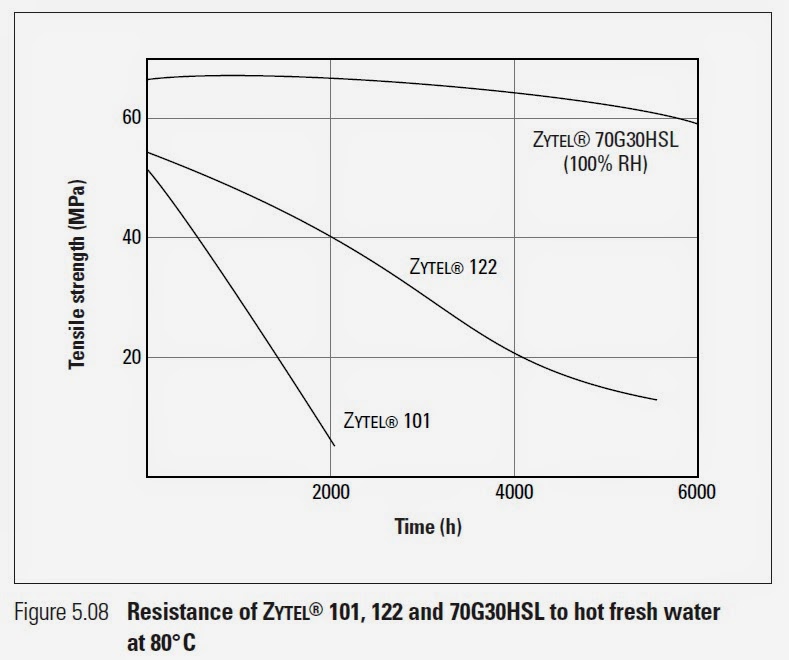Development of Cadmium alternatives has yielded many new coating options, including several organic and inorganic "zinc flake" coating systems which are more like paint than plating. They are generally applied to fasteners with a "dip-spin" process where baskets of parts are immersed into a solution, then raised out of the bath and spun to prevent the coating from building up unevenly. The wet-coated parts are usually then placed into an oven to cure the coating. Some systems require multiple coats, sometimes of different solutions; similar in concept to primer and top coats of paint. These coating systems generally have the the following benefits:
- High Corrosion Resistance - They generally outperform electroplated zinc with RoHS compliant chromate.
- Controlled Coefficient of Friction - The variance in the coefficient can be less than half that of electroplated zinc.
When choosing among these finishes, there are some negative characteristics that should be considered:
- Surface tension of the wet solutions causes build-up (excess thickness) on edges and on threads, especially for small diameter (< 1/4" or M6) nuts. Starting a nut/bolt assembly can be affected if the coating is too thick on the threads.
- Surface tension causes parts to stick together. If the parts remain joined during the curing period, they will be difficult to separate, and when they are separated, the surfaces that were joined will have bare or thinly coated areas. Again this is more of a problem with smaller parts (where the ratio of weight to surface area is small), especially flange nuts which have a large flat surface to mate with. Bare or thinly coated bearing surfaces on flange nuts may be acceptable because when assembled to a clamping position, they are not exposed.
- There can be a puddling effect in threads of nuts where the axis of the thread is stationary and near horizontal for an extended time while the coating is curing.
Some process improvements can mitigate these effects ("thinner" solutions, direction-changing spin cycles, drops during the cure, etc.) but don't completely eliminate them, especially for very small parts.
For prevailing torque locknuts with these coatings, there are additional concerns:
- Nylon Insert locknuts may be excluded from some of these coatings if the curing temperature is greater than the melting temperature of the nylon ring.
- All-metal locknuts will require increasing the pitch diameter of uncoated threads to accommodate the additional thickness of these coatings. This is more important for all-metal prevailing torque locknuts than for free-spinning nuts. For standard 60° threads in nuts, the pitch diameter decreases by 4 units for every unit of increased coating thickness.
- Prevailing torque tends to increase significantly from the uncoated condition to the coated condition, and this effect must be anticipated and accommodated in the thread deflection process. It is virtually impossible to take uncoated locknuts with compliant prevailing torque, coat them, and have the resulting prevailing torque remain compliant.
- Since these coatings affect prevailing torque, variations in the coating thickness from part-to-part will cause corresponding additional variation in prevailing torque.










